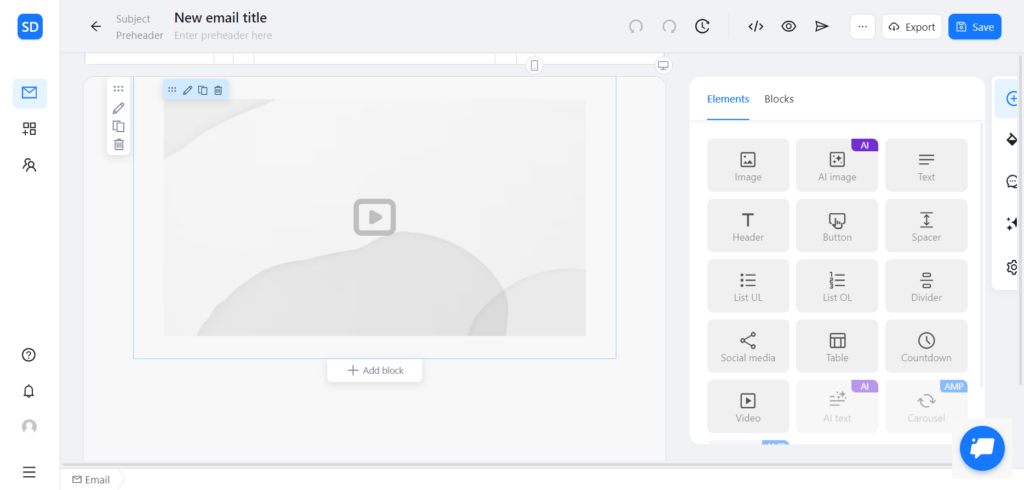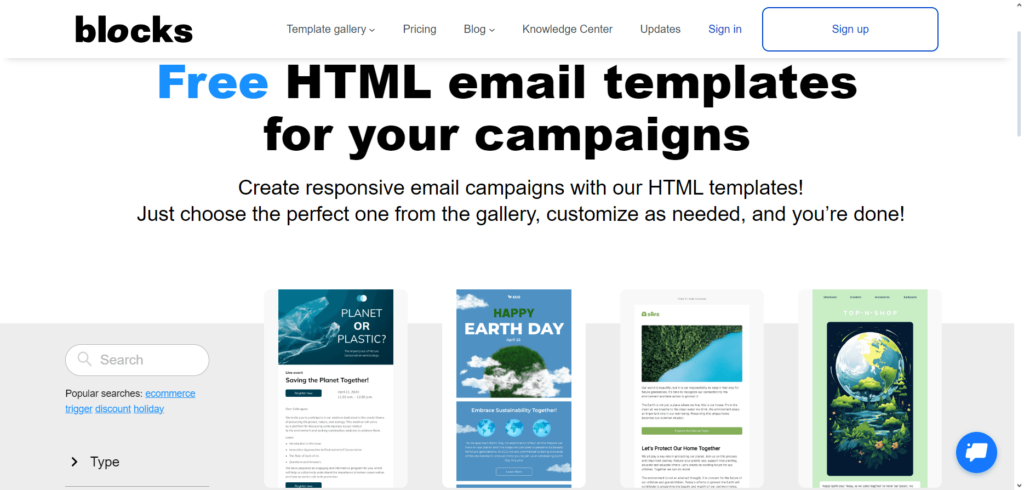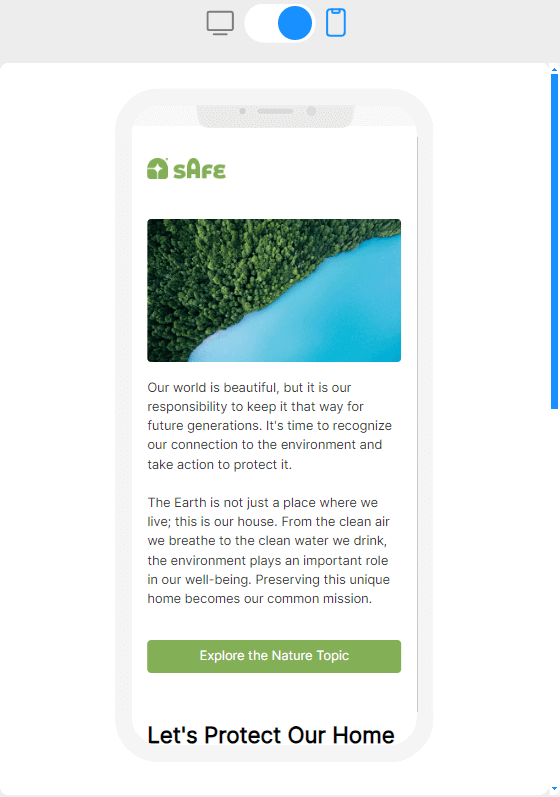The Power of Efficiency: Agriculture Email Templates
Crafting individual agricultural emails sounds time-consuming? Agricultural email templates will help! Time to dive deep into the benefits of using agricultural templates, learn how to craft a compelling copy, and check out design tips to make your templates visually appealing.
In the field of agriculture, seasons dictate schedules and efficiency. This makes streamlined communication a must, and that’s where agriculture email templates come to the forefront.
Let’s take a look at the art of crafting efficient agriculture templates. Whether you work directly at the farm, at the Department of Agriculture, or in the food industry in general, these templates will save you valuable time and ensure consistent, clear messaging across all communications!
Why Use Agriculture Email Templates?
Agriculture templates bring forth numerous valuable benefits. For instance, they:
- Save time. Composing emails from scratch takes valuable time away from other critical tasks. Yet thanks to ready-made templates, you can simply insert the required information, test it out, and hit “Send”.
- Ensure consistency. A consistent tone across all your communications is crucial for building trust and maintaining professionalism. Templates guarantee that your messages remain consistent across various campaigns.
- Reduce errors. Of course, everybody makes mistakes. But with templates, you get a chance to minimize the risk of typos, formatting inconsistencies, or leaving out crucial information.
- Improve communication. Clear, concise email communication is vital for building strong relationships with customers, suppliers, and colleagues. And thanks to templates, your emails will always be well-structured and easy to understand.
How to Craft a Compelling Copy for Your Agriculture Emails
Now that you understand the importance of agriculture templates, it’s time to delve into crafting a compelling copy that resonates with your subscribers:
Know Your Audience
One of the main questions for agriculture email templates is “How well do you know your audience?”. Are you looking to contact potential customers, existing clients, colleagues, or industry partners? So before you get to crafting templates, you must understand their needs and expectations to create a message that is both relevant and engaging.
Keep it Clear and Concise
Whether field or office workers, farmers and agricultural professionals are busy people. Get straight to the point and avoid unnecessary jargon or complex sentence structures. Also, don’t forget to use bullet points or numbered lists for enhanced readability.
Maintain a Professional Tone
No matter which audience you’re trying to contact, always maintain a professional tone in your agriculture templates. Show that you’re on the same page with your subscribers: use proper language, and avoid any frivolities or slang.
Personalize When Possible
Personalization is an excellent way to make your templates truly outstanding. Consider adding a personal touch when appropriate. For example, you may address the recipient by name and mention a specific detail from their previous interaction with you.
Proofread Carefully
Typos, grammatical errors, and missing information can severely undermine your image. Before you send your campaigns, proofread them carefully and make sure all the required information is in place (including the contact data, such as your office mail address, phone, and fax).
5 Tips for Engaging Agriculture Templates Design
The visual appeal of your agriculture email templates is equally important as the content itself. Here are 5 practical tips to help you design your engaging email templates:
Mobile-friendliness
There are no questions about it: smartphones prevail nowadays. This means that you need to ensure that your templates render correctly on any screen size, be it desktop or mobile. With that, you can ensure a seamless user experience regardless of the device used.
Professional Branding
Branding is a crucial marketing element for all communications, including agriculture templates. Incorporate your company logo, color scheme, and fonts into your emails and keep them consistent across campaigns. This will create a sense of brand recognition and amp up your professionalism.
High-Quality Images
The visual appeal of your templates is as crucial as the aforementioned branding. Include relevant and visually stunning images in your agriculture template to make it stand out. High-quality photos of crops, livestock, farm machinery, or happy customers can grab attention and enhance your message like nothing else.
Clarity and Simplicity
When it comes to agriculture templates, avoiding cluttered layouts with tons of text or excessive graphics is a way to go. Use white space effectively, ensure your email is easy to navigate, and don’t overload it with too much information.
Clear CTAs
Lastly, we need to mention the CTAs of your agriculture templates. Make your call-to-action buttons as eye-catching as possible. Design them using bright colors and strong actionable words to encourage clicks and drive engagement.
Build Your Agriculture Email Templates With Blocks
Ready to create your outstanding agriculture templates? Try Blocks, our no-code email builder!
Blocks offers a drag-and-drop interface that allows anyone, regardless of technical expertise, to create beautiful and effective templates. Here’s why Blocks is a great option for building your agriculture emails:
- Easy-to-use interface. Blocks boasts an intuitive drag-and-drop interface that makes building beautiful emails a breeze. No coding knowledge is required!

- Pre-designed templates. Check out a whole library of pre-designed email templates for various purposes (including agriculture-specific templates, of course). This provides a great starting point and saves you time on the initial design.

- Customizable elements. While pre-designed templates offer a solid foundation, Blocks allows you to customize every aspect of your email. Change fonts, colors, visuals, and layout to perfectly match your brand identity.
- Responsive design. Blocks ensures your email templates render flawlessly across all devices, including desktops, tablets, and smartphones. This guarantees your message looks great no matter how your recipient chooses to read it.

- Collaboration features. Finally, Blocks facilitates teamwork! You can share your email templates with colleagues for feedback and real-time editing, ensuring everyone is equally involved in the design process.
Conclusion
Agriculture email templates prove to be powerful tools that can save you time, ensure consistent communication, and ultimately contribute to the overall success of your campaigns. And with the help of Blocks, your templates will become as captivating and effective as possible!
